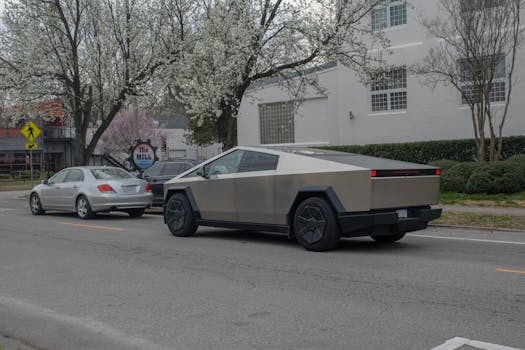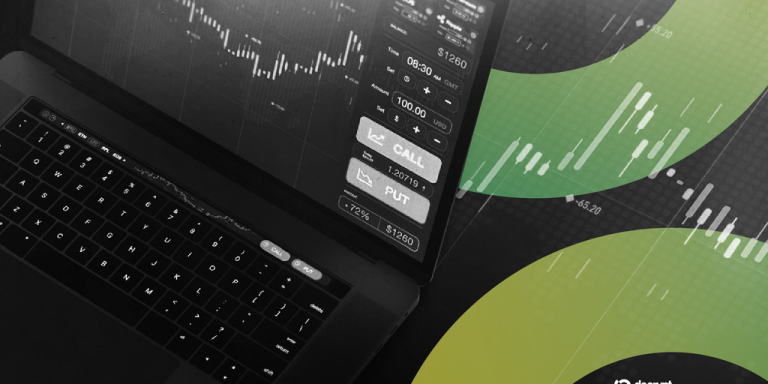
Smart Cities: Urban Trends for 2025
Smart Cities are at the forefront of urban development, incorporating innovative technologies and sustainable practices to create efficient, livable, and resilient cities. As we approach 2025, several trends are emerging that will shape the future of urban planning and development. In this article, we will explore the latest urban trends and technologies that are transforming cities around the world.
Introduction to Smart Cities
Smart Cities are designed to provide a high quality of life for their citizens, while minimizing their environmental impact. They achieve this through the integration of information and communication technologies (ICT) with traditional infrastructure, such as transportation, energy, and water management systems. The goal of Smart Cities is to create a more efficient, sustainable, and livable urban environment, where citizens can thrive and reach their full potential.
Urban Trends for 2025
Several urban trends are emerging that will shape the future of Smart Cities. Some of the most significant trends include:
- Sustainable Infrastructure: Cities are investing in sustainable infrastructure, such as green buildings, renewable energy systems, and green spaces, to reduce their environmental impact and improve the quality of life for their citizens.
- Smart Transportation Systems: Smart Cities are implementing intelligent transportation systems, such as autonomous vehicles, smart traffic management, and integrated public transportation systems, to reduce congestion, improve air quality, and enhance the overall mobility of citizens.
- Energy Efficiency: Cities are adopting energy-efficient technologies, such as LED lighting, smart grids, and energy storage systems, to reduce their energy consumption and greenhouse gas emissions.
- Waste Management: Smart Cities are implementing innovative waste management systems, such as smart bins, recycling programs, and waste-to-energy conversion, to minimize waste and reduce their environmental impact.
- Public Safety: Cities are using advanced technologies, such as surveillance cameras, sensors, and data analytics, to enhance public safety and reduce crime rates.
Technologies Shaping Smart Cities
Several technologies are driving the development of Smart Cities, including:
- Internet of Things (IoT): The IoT is a network of physical devices, vehicles, and other items that are embedded with sensors, software, and connectivity, allowing them to collect and exchange data.
- Artificial Intelligence (AI): AI is being used in Smart Cities to analyze data, optimize systems, and make predictive decisions, enhancing the efficiency and effectiveness of urban operations.
- Blockchain: Blockchain technology is being used in Smart Cities to secure data, enable transparent transactions, and create trusted networks.
- 5G Networks: 5G networks are providing the high-speed, low-latency connectivity needed to support the vast amounts of data being generated by Smart City applications.
Conclusion
In conclusion, Smart Cities are at the forefront of urban development, incorporating innovative technologies and sustainable practices to create efficient, livable, and resilient cities. As we approach 2025, several trends are emerging that will shape the future of urban planning and development. By understanding these trends and technologies, cities can create a better future for their citizens and become models for sustainable and innovative urban development.




